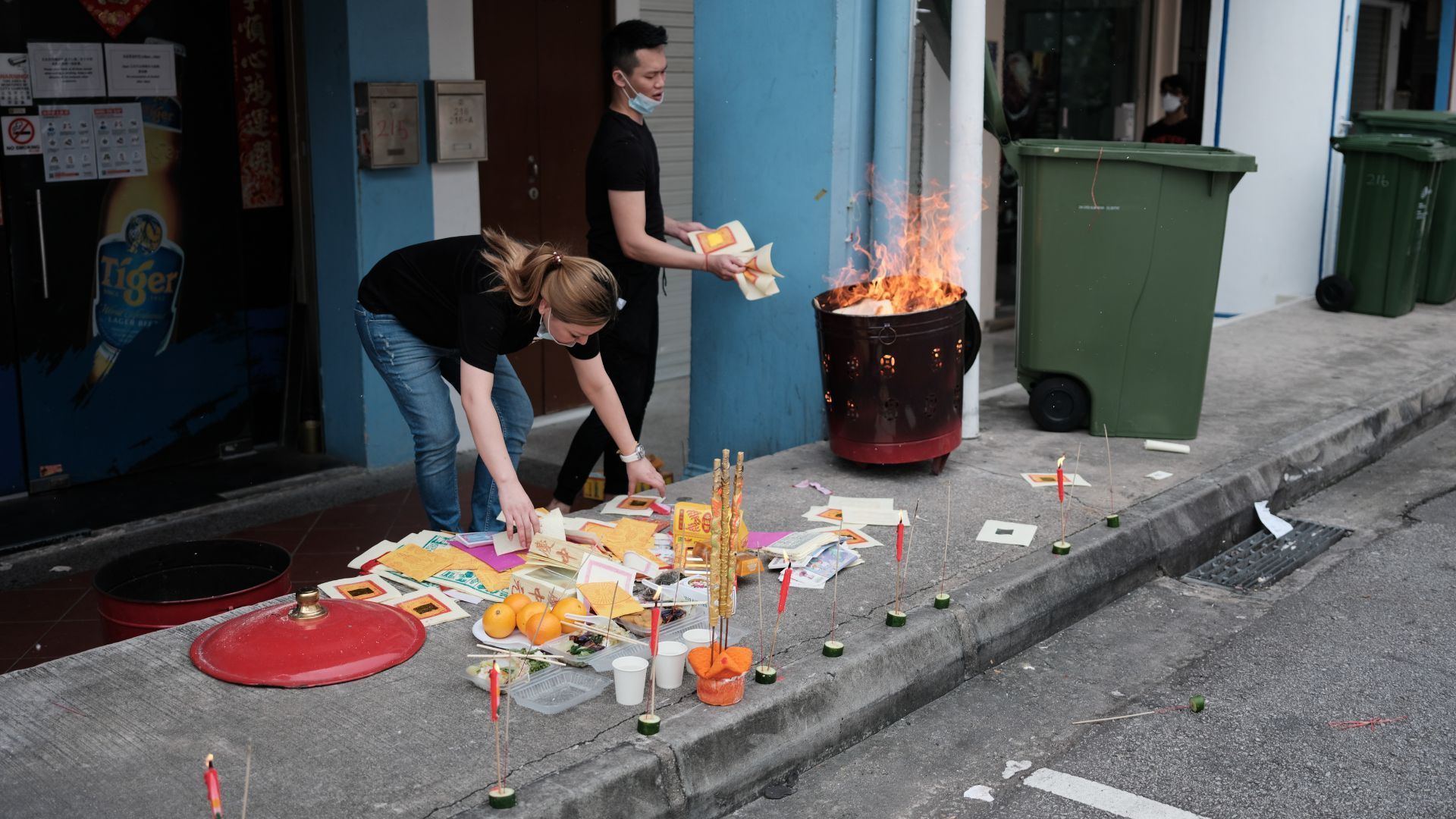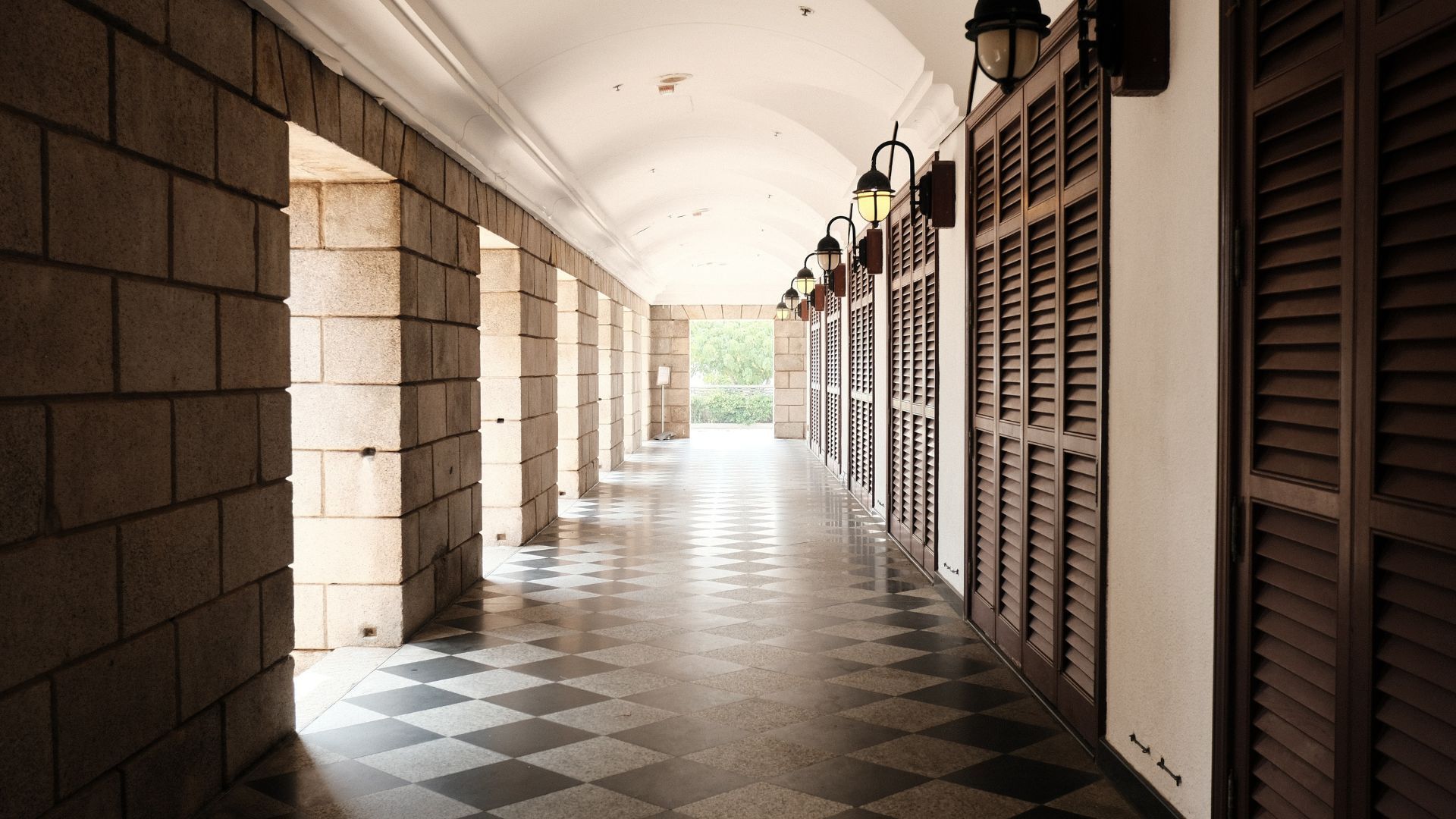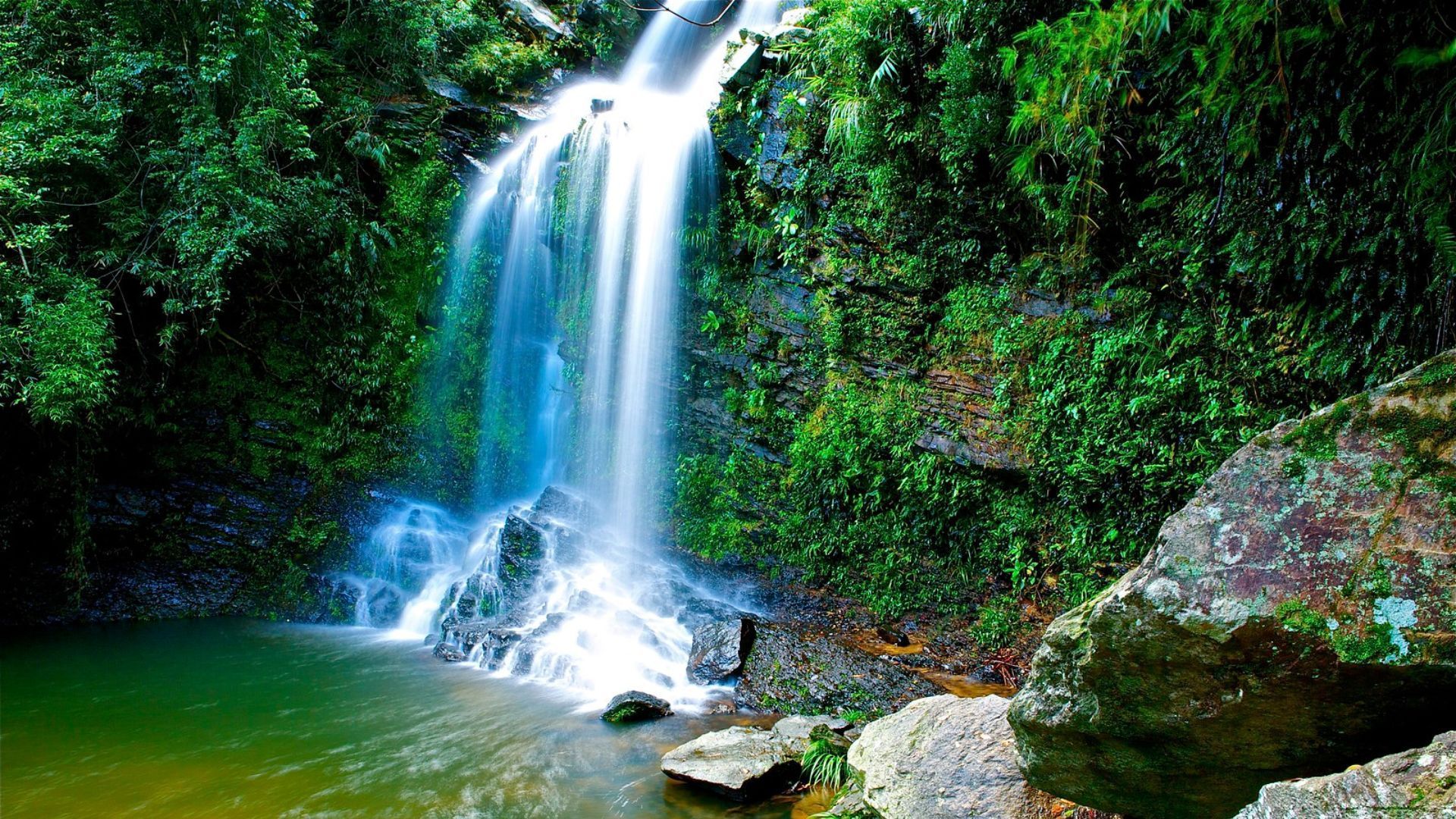
Hongkongers love festivals and holidays. This city observes everything from Easter to the Buddha’s Birthday. The Ghost Festival, or as it’s more popularly known, the Hungry Ghost Festival, is a Taoist and Buddhist festival. It traditionally falls on the 15th (or 14th in some places) night of the seventh month in Chinese calendars. The whole month is regarded as ghostly when spirits are believed to come out from the underworlds and realms beyond. Curious to know more? Keep reading as we explain the origins of the Hungry Ghost Festival in Hong Kong, including the superstitions and supernatural stories associated with it.
The Hungry Ghost Festival shouldn’t be confused with the Ching Ming Festival or Tomb Sweeping Day in April. Also, don’t mix it up with the Double Ninth or Cheung Yeung Festival in autumn. Despite being a famous festival in Hong Kong, the day of the Hungry Ghost Festival is not a public holiday. It’s still observed with food offerings, incense and joss paper burning, opera performances, and other festivities.
Origins of the Hungry Ghost Festival
There are a few origin stories for the Ghost Festival. The Yulanpen Sutra, an ancient Indian Buddhist account, recounts how Maudgalyayana (one of the Buddha’s closest disciples) found his deceased mother in the Hungry Ghost (preta) realm. A vegetarian, his mother had accidentally consumed soup made with meat. So, she ended up being sentenced to hell.
Maudgalyayana sought help from the Buddha, who advised him to offer food on the preta’s behalf to the monastic community. This act would allow former pretas to be reborn and released from suffering.
In Taoism, the festival serves as a judgment day for ghosts. Falling on Lord Qingxu’s birthday (the earth’s celestial official), the deity is believed to gather all spirits together and sift through their records. Then, they decide who will be forgiven and who will be punished.

Superstitions observed during Hungry Ghost Festival
The Hungry Ghost Festival falls during the full moon and the beginning of the new season. It is thought that the gates of both heaven and hell open up, leaving spirits free to roam our world.
Some are lost souls including ancestors of the living who weren’t given an adequate burial or send-off, were treated badly when alive or were simply forgotten after death. To appease the restless souls, believers stick to these practices.
- Making food offerings to keep the spirits well-fed
- Burning joss paper
- Keeping all clothes inside the house at night. Clothes hanging outside are bound to be borrowed by spirits who may leave behind negative energy
- Make sure to close your doors and windows
- Keeping the lights on
- Visiting a Chinese opera performance but making sure to not sit in an empty seat reserved for the dead
- Avoiding swimming as the spirit of a vengeful person who drowned may pull them under
- Avoiding the last round of transport at night
- Refraining from wearing a lot of black or red coloured clothing as it attracts spirits
- Keeping photo taking to the minimum
- Avoiding events such as moving into a new home, getting married, or starting a new business on the day
Supernatural stories in Hong Kong
Hong Kong has plenty of chilling tales for Halloween and the Hungry Ghost Festival month. Believers choose to stay away from these spooky spots during this time, but many also indulge in some ghost-hunting as the gates of the underworld open.

Bride’s Pool
This stream pool and waterfall spot in the New Territories is popular for its picturesque hike. Legends say that a bride was being carried to her wedding in a sedan chair by porters when one slipped on the rocks above the waterfall causing her to fall into the pool below. Tragically, her heavy wedding wear weighed her down and she drowned. Her spirit (often spotted dressed in the red cheongsam) lurks in the waters, waiting to drown unsuspecting visitors. So, be careful on Bride’s Pool Road as it’s known for tricky bends, blind spots, and the many accidents that have taken place on it.
Seven Sisters (Tsat Tsz Mui)
This neighbourhood east of North Point was formerly home to a Hakka village and beach. Its name comes from an urban legend, Tsat Tsz Mui, which means “seven sisters” in Cantonese. According to the story, seven girls once pledged to be sisters for eternity and vowed never to get married. They even tied their hair into buns to mark themselves as spinsters.
But their families had other plans, betrothing the third sister. Refusing to break her vow, she makes a plan to kill herself. When the other sisters learn of her intentions, they join her. So, they all jumped into the sea the day before the wedding together. As the myth goes, the bodies were never found, but seven boulders appeared the next day along the coastline. Villagers believed they were the seven girls, so the area was renamed Tsat Tsz Mui.
In 1911, a swimming shed was built in the area. But many believe it remains haunted, with frequent tales of men drowning. The former coastline was extended to the one we know today, and the village was gradually replaced with public housing estates and buildings.

Single Braid Road
The Chinese University of Hong Kong is home to more than one supernatural story. The most well-known is the legend of the braided ghost girl. There are many versions of the tale, but its victims remain the same—male university students.
Legend has it that a beautiful girl was eloping with her lover from the mainland to Hong Kong. Some versions say the couple had an argument; others say they were fearful of being stopped by immigration officers at Kowloon. So, they decided to leap from the carriage to avoid being caught. But whatever the reasoning, the girl jumped alone from her carriage as the train went past the university campus. Her hair blew in the wind and a single braid was caught in the door of the train, ripping her hair and skin. Now, her faceless ghost roams the campus, haunting male students.
Murray House
This Victorian-era building stands in Stanley now, but it was originally built in 1846 in Central. Before being painstakingly relocated, Murray House literally had a murky history to exorcise. The building was first an officer’s quarter, then occupied by the Japanese and used as a command centre in the Second World War. Finally, it became an office building, and the government employees believed ghosts haunted the house. It was the detention centre and execution area for some Chinese citizens in the war, after all. The building was exorcised twice.
On May 19, 1963, about 90 Buddhist monks pacified the spirits in a 10-hour ritual complete with tablet burning. The building was exorcised once more in 1974 in a televised ceremony. Today there are few reports of ghosts, but you never know…
Shop the best travel experience here
This story first appeared here.
All image credit: Cheryl Chan/Flickr
Related: From Island Trips To Museum Tours: 10 Things To Do In Hong Kong That Are Absolutely Free
Frequently Asked Questions (FAQs)
Is the Hungry Ghost Festival a public holiday in Hong Kong?
– Hungry Ghost Festival is not a public holiday in Hong Kong.
What is the purpose of the Hungry Ghost Festival?
– The Hungry Ghost Festival commemorates the legend of Mu Lian and his loyalty to his mother. This is also where the practice of making offerings and praying to deceased ancestors is believed to have come from.












